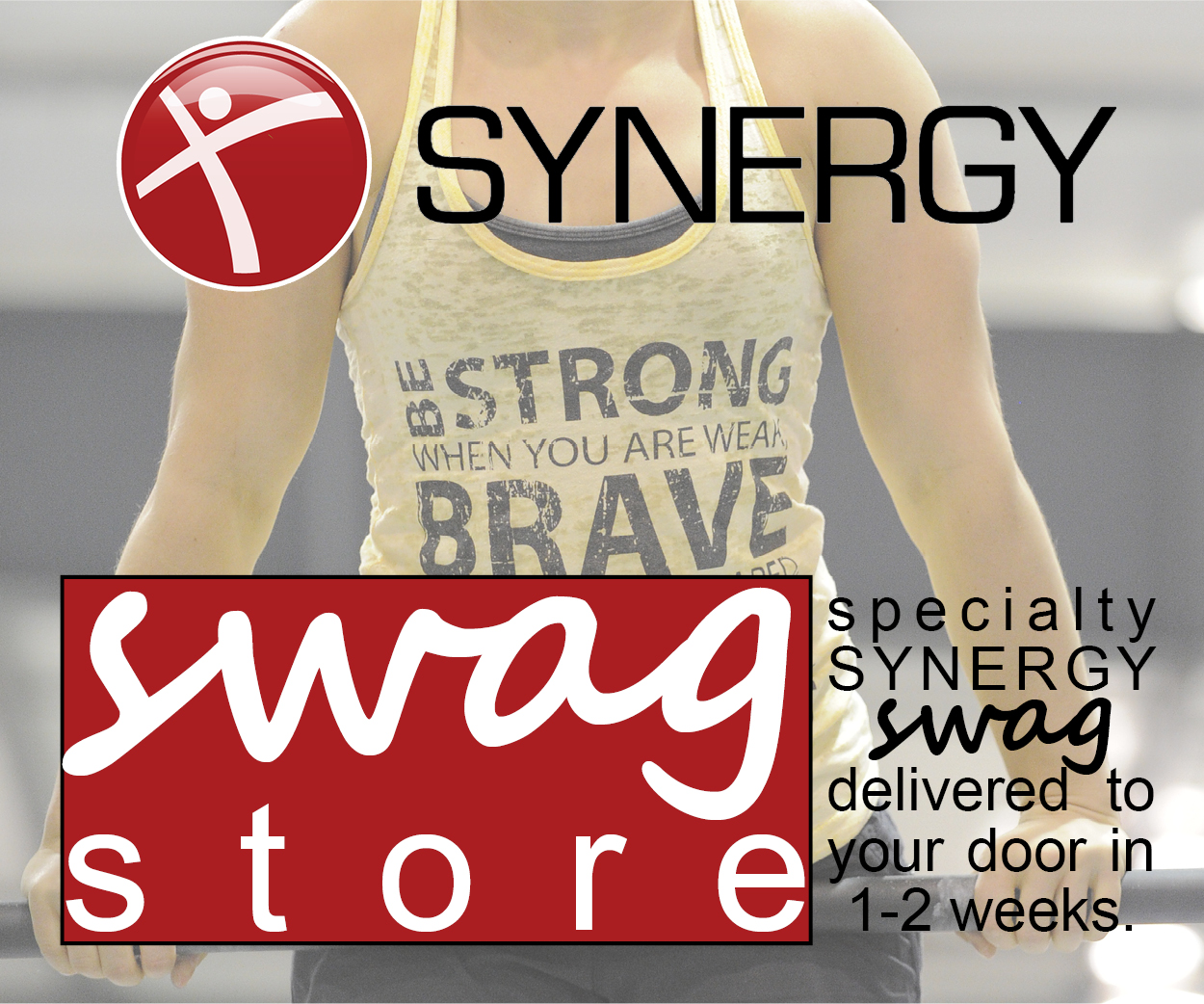We discussed ankle range of motion and limitations that require the use of a heel board in the last post of squats. Now we will address the dreaded valgus knee movement (knock knees position or medial movement of the knees toward each other).
Take note of the image above – the squat stance in “B” is valgus movement of the knees and squat image “C” is ideal knee squat position (notice the use of the heel board). Image B is frankly a terrible position to squat in as the potential for injury is very high and long term will severely hamper squat performance and more importantly knee/hip health. This problem is thankfully also very fixable. Heel boards as in picture C can greatly contribute to betterment of valgus knee movement if one can gain more range of motion from the ankles due to the heel elevation. Typically this requires a narrower stance with parallel feet because when the stance gets wider and the feet begin to turn out the potential for valgus knee movement increases due to the strength demands on the gluteus medius to create external rotation about the hip.
Another method of improving valgus knee movement is to incorporate the use of a light stretch band wrapped around the knees to provide feedback and a light resistance surface for the lifter to contrat against to improve glute med strength and activation.
Watch the video below to see how Synergy Strength will implement the use of the knee band in squats.
.









